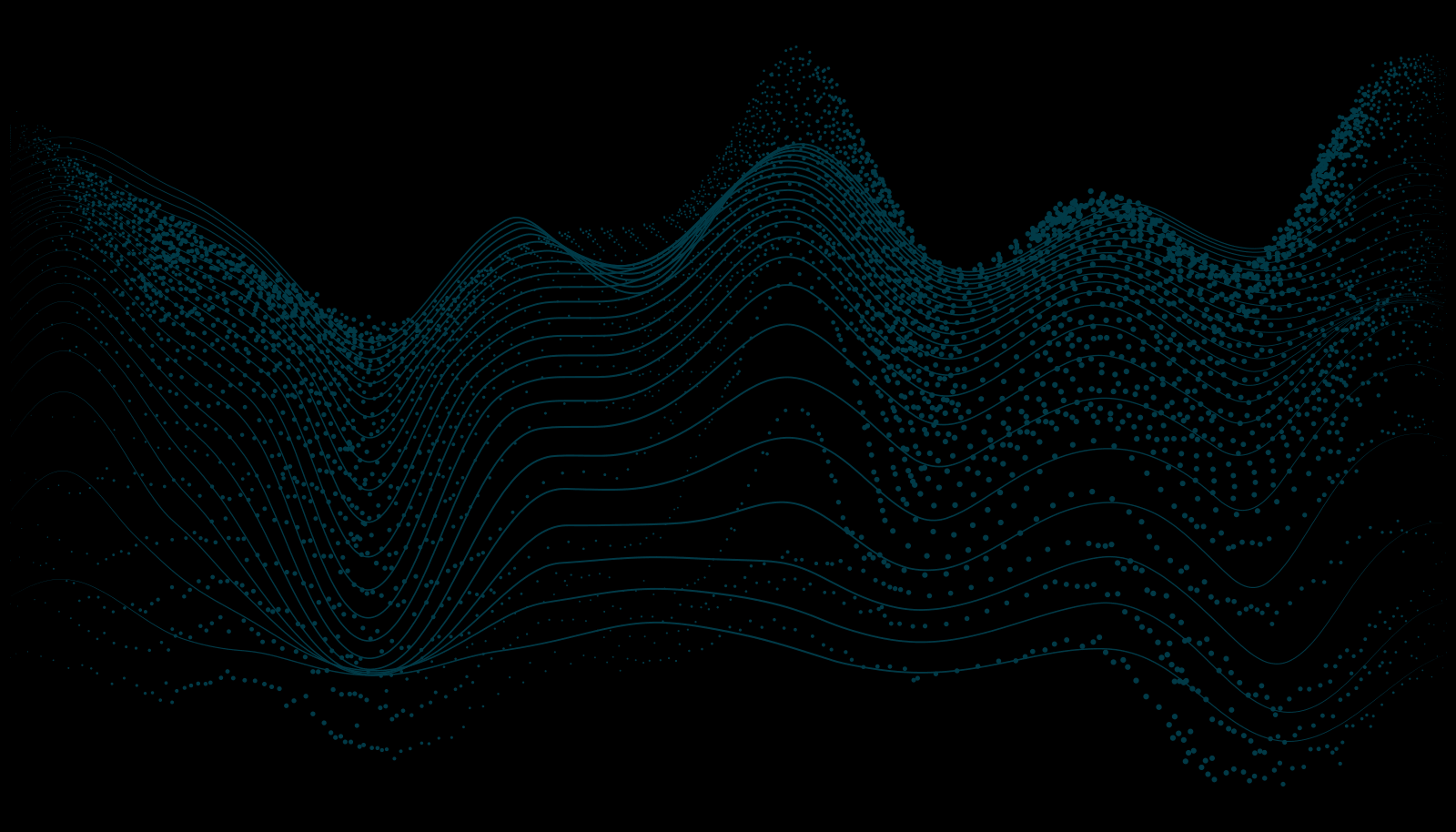| DDM and HQSFTM | |
| Makino’s line of "S" series die sinker EDM machines utilize Diffused Discharge Machining (DDM) Technology to produce High-Quality Surface Finishes (HQSFTM).DDM uses an environmentally safe powder additive that is mixed with thedielectric fluid to improve electrical conductivity for more consistentdischarging and spark diffusion, eliminating secondary discharges that wasteenergy. This diffusion provides a smaller crater for superior finish withouta loss in metal removal rates. | |
The whole industry seems to be discussing this topic. Here’s what Modern Machine Shop has to say about additives solving EDM surface finish problems.
HQSF TM is the name for a new ram EDM technology recently introduced by Makino (Mason, Ohio). HQSFTM stands for High Quality Surface Finish, a process that utilizes a semi-conductive powder mixed into the dielectric fluid. According to the company, this process produces superior surface finishes in significantly shorter time. Other benefits include a 30 percent reduction in machining time as well as reducedfinishing time compared to standard EDM technology. It achieves a uniform surface finish over larger workpiece areas, reducing polishing times and associated direct labor.
The biggest benefit that Makino ascribes to this technology is achieving a fine finish using graphite rather than copper as the electrode material. Customarily, copper has been the choice where achieving a fine finish is critical but, as an electrode material, copper is expensive, difficult to machine, and slow cutting. With HQSF TM, graphite is now capable of producing finishes that can be used without further polishing in some applications.
However, HQSF TM relies on more than only an additive. To take advantage of this development, the company’s S-Series of ram EDM machines is designed with special filtration systems, controller software, and other features specifically tailored for use with the additive. This series comes in five models with tables ranging in size from 500 by 350 mm to 1300 by 950 mm.
According to Makino, use of additives to enhance ram EDM is not new. Powder-based technologies, for example, have been around for about thirty years and all apparently work on the same principle. By putting a powder additive that acts as a semi-conductor in the dielectric fluid and sending amperage through the fluid, abnormal and secondary discharges can be greatly reduced or eliminated. The additive powders dissipate energy as it passes through the particles, in effect turning a large spark emanating from the electrode into numerous smaller sparks as they impingeon the workpiece.
Unfortunately, additives that have been used in the past, such as silicon, aluminum, or chrome, had serious limitations, the company says, explaining why these additives were not widely accepted. Problems included concerns about the health hazards, difficulty keeping the materials suspended for uniform surface finish (especially on sidewalls), short useful life and high cost.
The additive used in Makino’s HQSF TM technology overcomes these shortcomings, the company claims. HQSF TM uses a proprietary non-toxic powder, called µSC. Its specific gravity is almost zero, allowing it to float readily in oil and disperse evenly throughout a cavity. This property makes it possible to machine deep cavities while achieving excellent finishes on sidewalls. Even dispersion also allows it to be used for both roughing and finishing, eliminating the need for separate tanks orcleaning between jobs.
In most hardened steels, such as H13, 420 stainless and S7, HQSF TM provides a 20 to 30 percent increase in EDM speed, depending on the depth of the cavity and complexity of shape, the company says. The increase is attributed to the elimination of secondary discharging.
Because µSC has such a low specific gravity, orbital motion of the electrode is sufficient to keep the particles moving and to evacuate debris and gases. This also means that the gap between electrode and workpiece can be minimized for better accuracies because no allowance is required for force flushing from auxiliary hoses or fixtures. A small spark gap is critical to fine finish.
However, the spark gap cannot be smaller than the particles that will find themselves in the gap. These particles include the additive as well as the grains of graphite inevitably freed from the electrode. Makino’s additive allows a larger gap to perform as if itwere smaller, yet still permits the graphite grains to pass through.
For example, particle size of the new Makino µSC additive is 0.0002". To get a 3 µmRmax (approximately 20 µinch) finish with conventional EDMing using a fine-grain graphite, the electrode must be within 0.0003" of the workpiece. But anaverage grain of this premium grade graphite is 0.0004"—too large for the required sparkgap. The HQSF TM process, however, allows energy to be "fired" through the µSC particles. Therefore, the electrode only has to get within 0.0005" of the workpiece but within 0.0003" of the semi-conducting additive particles. The 0.0004" grains of graphite can now exit the gap, resulting in a smooth, continual burn.
The heat affected zone is also favorably influenced by the additive, the company has discovered. The layer of material that is melted but not removed (the so-called "white layer") tends to be significantly thinner and less brittle and less susceptible to micro-cracking. Whereas HQSF TM favors the plastic injection mold industry by virtue of fine finishes without polishing, HQSF TM favors the die casting industry by virtue of dies with extended life due to a reduced heat affected zone.
Developers recommend that the µSC additive be replaced after 400 hours of machining. This long life plus its initial low cost contribute to the overall economy of the process. The added cost of the special features incorporated in the S-Series of machines is more than offset by gains in productivity and cost-savings inreduced polishing.
Re-posted with permission. Copyright © 1998 by Gardner Publications.

